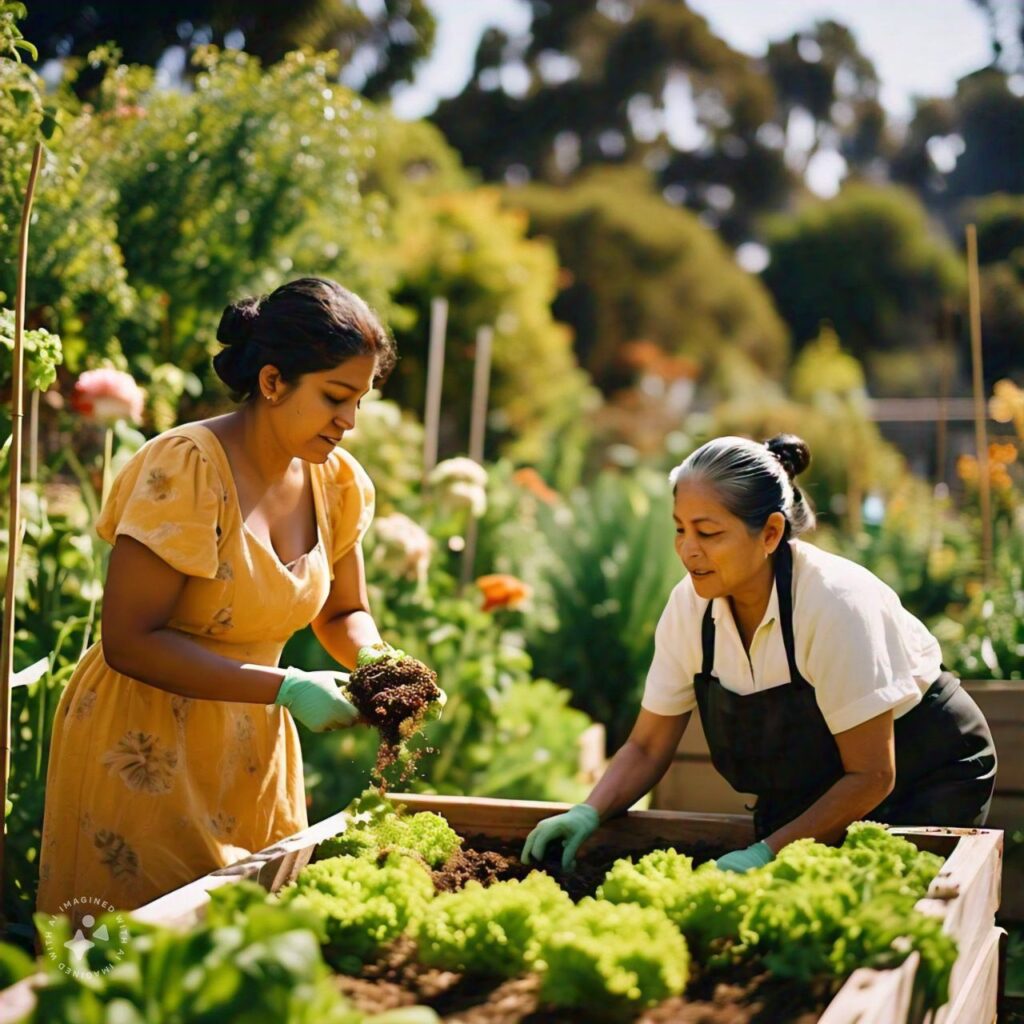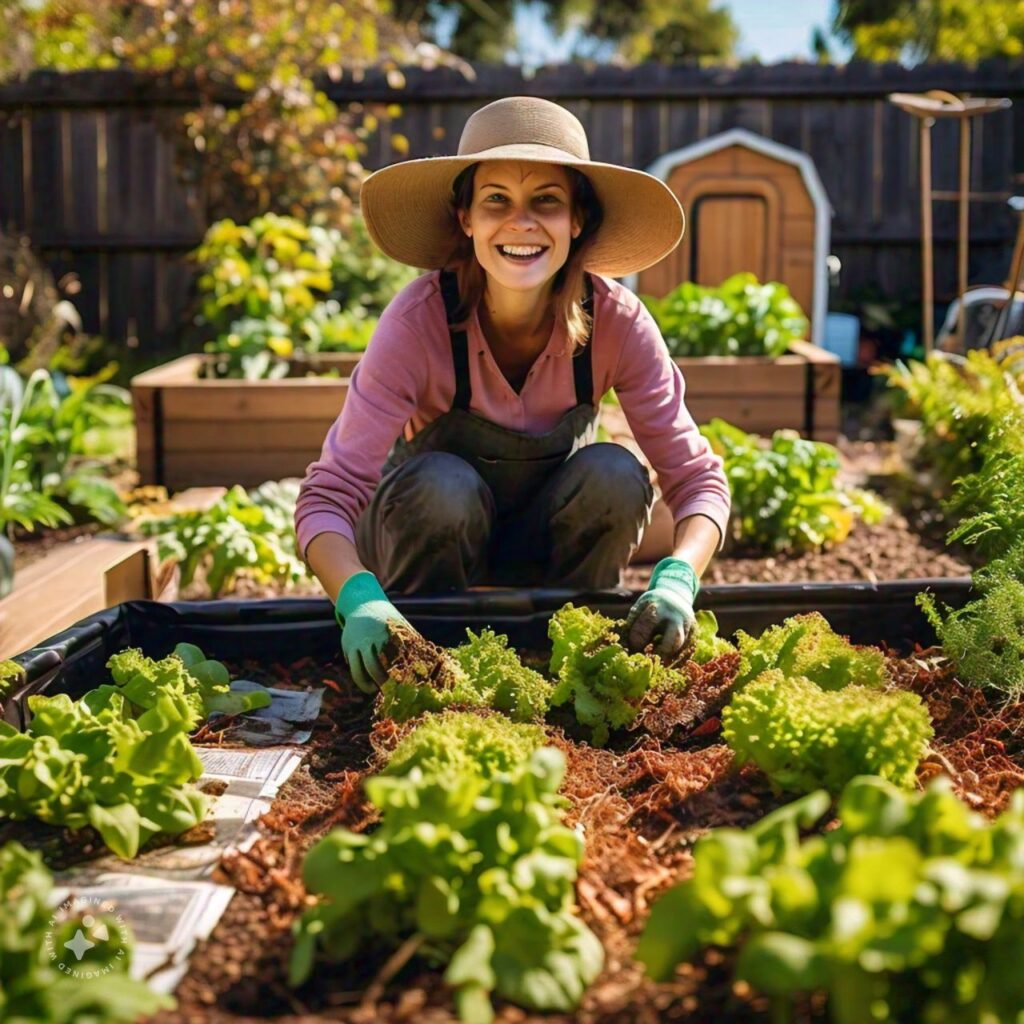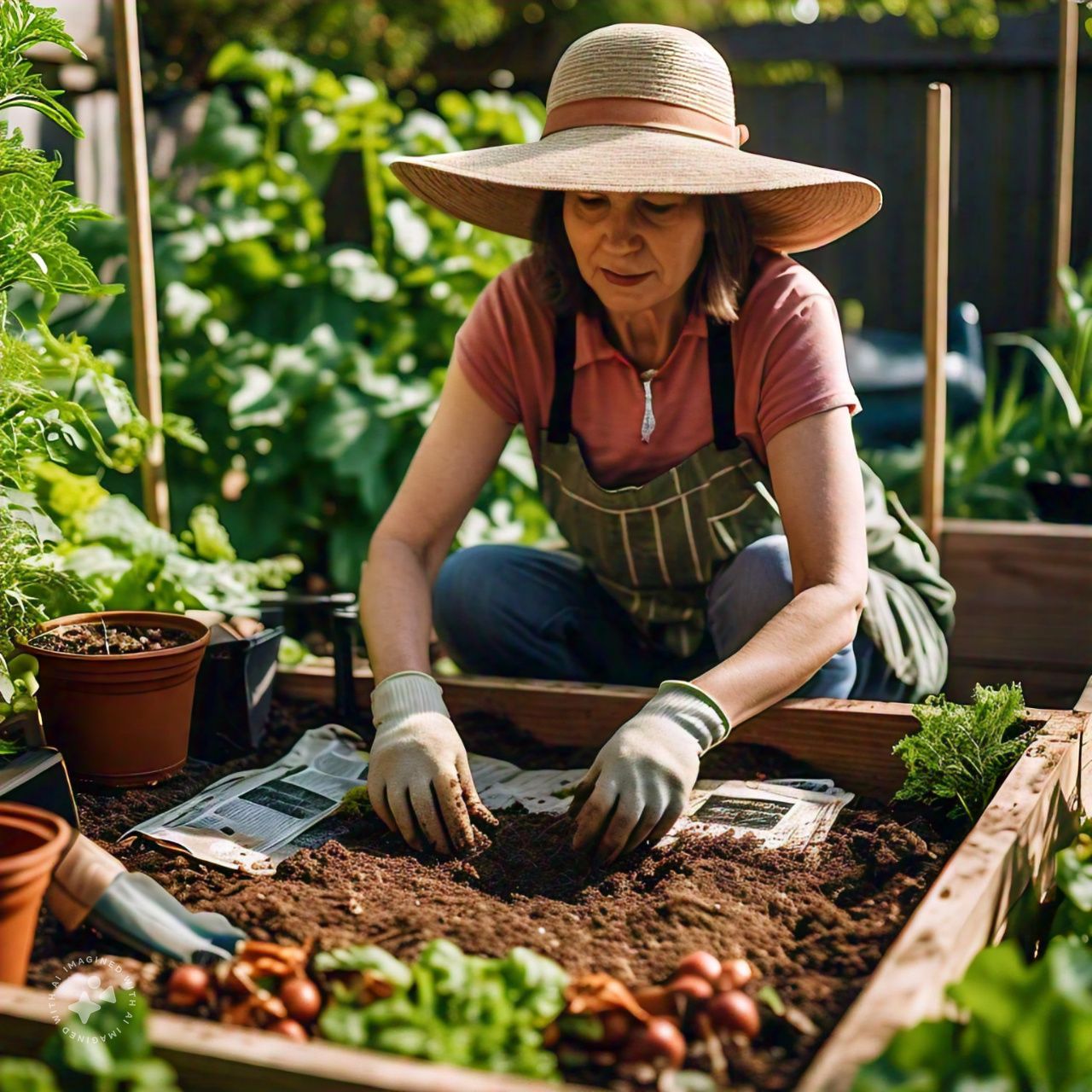Lasagna gardening, also known as sheet composting, is an innovative, eco-friendly gardening method that enables gardeners to create rich, fertile soil without the need for traditional tilling or digging. By layering organic materials in a specific order, gardeners can build up soil health while suppressing weeds and conserving water. This guide will walk you through everything you need to know about lasagna gardening, from the basic principles to step-by-step instructions on how to create your own no-dig garden.
What is Lasagna Gardening?
Lasagna gardening is a no-dig gardening technique that involves layering organic materials, such as compost, leaves, grass clippings, and cardboard, directly on top of existing soil. These layers decompose over time, creating a nutrient-rich growing environment that supports healthy plant growth. The name “lasagna gardening” comes from the process of building up layers, much like assembling a lasagna dish.
The Benefits of Lasagna Gardening
Lasagna gardening offers numerous benefits that make it an attractive option for both novice and experienced gardeners:
- No Tilling Required: Traditional gardening methods often involve back-breaking work, such as tilling the soil to prepare it for planting. Lasagna gardening eliminates this step, making it easier on your back and saving you time and energy.
- Improved Soil Health: The layers of organic material decompose and add valuable nutrients to the soil, improving its structure and fertility over time.
- Weed Suppression: The thick layers of organic material smother weeds, reducing the need for chemical herbicides and making weed control more manageable.
- Water Conservation: Lasagna gardens retain moisture better than traditional gardens, reducing the need for frequent watering and helping to conserve water.
- Environmentally Friendly: By using organic materials that would otherwise go to waste, such as kitchen scraps and yard waste, lasagna gardening reduces the amount of waste sent to landfills and promotes sustainable gardening practices.

How to Start a Lasagna Garden: A Step-by-Step Guide
Creating a lasagna garden is a straightforward process that anyone can do, regardless of their gardening experience. Follow these steps to get started:
1. Choose Your Location
The first step in creating a lasagna garden is selecting the right location. Choose a spot that receives at least six to eight hours of sunlight per day. Lasagna gardens can be created directly on top of grass, existing garden beds, or even on poor soil. There’s no need to remove the grass or till the soil beforehand.
2. Gather Your Materials
Lasagna gardening requires a variety of organic materials that will be layered to create the garden bed. Here’s a list of materials you’ll need:
- Brown Materials: These include carbon-rich items like cardboard, newspaper, dried leaves, straw, and wood chips.
- Green Materials: These are nitrogen-rich items such as grass clippings, vegetable scraps, coffee grounds, and fresh manure.
- Soil or Compost: While not always necessary, adding a layer of compost or soil can help kickstart the decomposition process and provide immediate nutrients for your plants.
3. Prepare the Base Layer
The base layer of your lasagna garden is crucial for suppressing weeds and starting the decomposition process. Begin by laying down a thick layer (about 2-3 inches) of cardboard or newspaper. This layer will smother any existing grass or weeds and provide a barrier that prevents them from growing up through your garden. Be sure to overlap the edges of the cardboard or newspaper to ensure full coverage.
4. Start Layering Organic Materials
Once the base layer is in place, you can start layering your organic materials. Alternate between brown (carbon-rich) and green (nitrogen-rich) materials, just like you would when building a compost pile. Aim for layers that are 2-4 inches thick, and continue layering until your garden bed is 18-24 inches tall.
Layering Tips:
- Start with a brown layer, such as straw or dried leaves.
- Add a green layer, like grass clippings or kitchen scraps.
- Repeat the process, alternating between brown and green layers.
- Add a layer of compost or soil between layers if desired.
5. Water Each Layer
As you build up your lasagna garden, be sure to water each layer thoroughly. This helps to kickstart the decomposition process and ensures that the materials break down properly. The garden bed should be moist but not soggy.
6. Top Off with Compost or Soil
Once you’ve finished layering, top off your lasagna garden with a final layer of compost or soil. This will create a finished surface that you can plant directly into. The compost or soil layer should be about 2-3 inches thick.
7. Let the Garden Settle
Before planting, it’s a good idea to let your lasagna garden settle for a few weeks to allow the materials to start breaking down. This is especially important if you’ve built a tall bed, as the materials will compact over time. If you’re in a hurry, you can plant immediately, but be prepared to add more layers as the garden settles.
8. Start Planting
Now that your lasagna garden is ready, it’s time to start planting! You can plant directly into the top layer of compost or soil, just like you would in a traditional garden bed. Lasagna gardens are ideal for growing a wide variety of vegetables, herbs, and flowers.

Maintaining Your Lasagna Garden
One of the great things about lasagna gardening is that it requires very little maintenance. However, there are a few things you can do to keep your garden thriving:
Add More Layers as Needed
As the organic materials in your lasagna garden decompose, the bed will naturally settle and shrink. To maintain the height and fertility of your garden, consider adding more layers of organic material each season. This will help keep your soil rich and productive.
Water Wisely
Lasagna gardens retain moisture well, but it’s still important to water your garden regularly, especially during dry periods. Water deeply and less frequently to encourage deep root growth.
Mulch to Retain Moisture
Adding a layer of mulch on top of your lasagna garden can help retain moisture, suppress weeds, and regulate soil temperature. Organic mulches, such as straw or wood chips, are excellent choices.
Troubleshooting Common Lasagna Gardening Issues
While lasagna gardening is generally a low-maintenance method, you may encounter some common issues. Here’s how to troubleshoot them:
Slow Decomposition
If your lasagna garden isn’t breaking down as quickly as you’d like, it may be due to a lack of moisture, insufficient nitrogen, or poor aeration. To speed up decomposition, ensure that your layers are moist, add more green materials, and consider turning the layers to introduce more oxygen.
Pests
If pests become a problem in your lasagna garden, it may be because you’ve included materials that attract them, such as meat scraps or oily foods. Stick to plant-based organic materials and avoid adding anything that could attract unwanted visitors.
Weeds Breaking Through
If weeds are breaking through your lasagna garden, it may be due to insufficient coverage in the base layer. Be sure to use a thick layer of cardboard or newspaper to smother existing weeds, and overlap the edges to prevent gaps.
Conclusion
Lasagna gardening is a powerful and sustainable method for creating a thriving garden without the need for tilling, digging, or heavy maintenance. By layering organic materials, gardeners can build rich, fertile soil that supports healthy plant growth while conserving water and suppressing weeds. Whether you’re a seasoned gardener or a beginner, lasagna gardening offers a simple and effective way to grow your own vegetables, herbs, and flowers.



